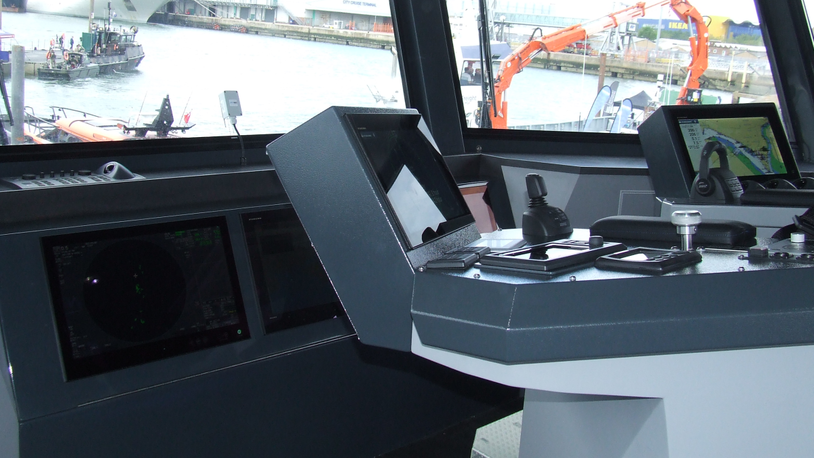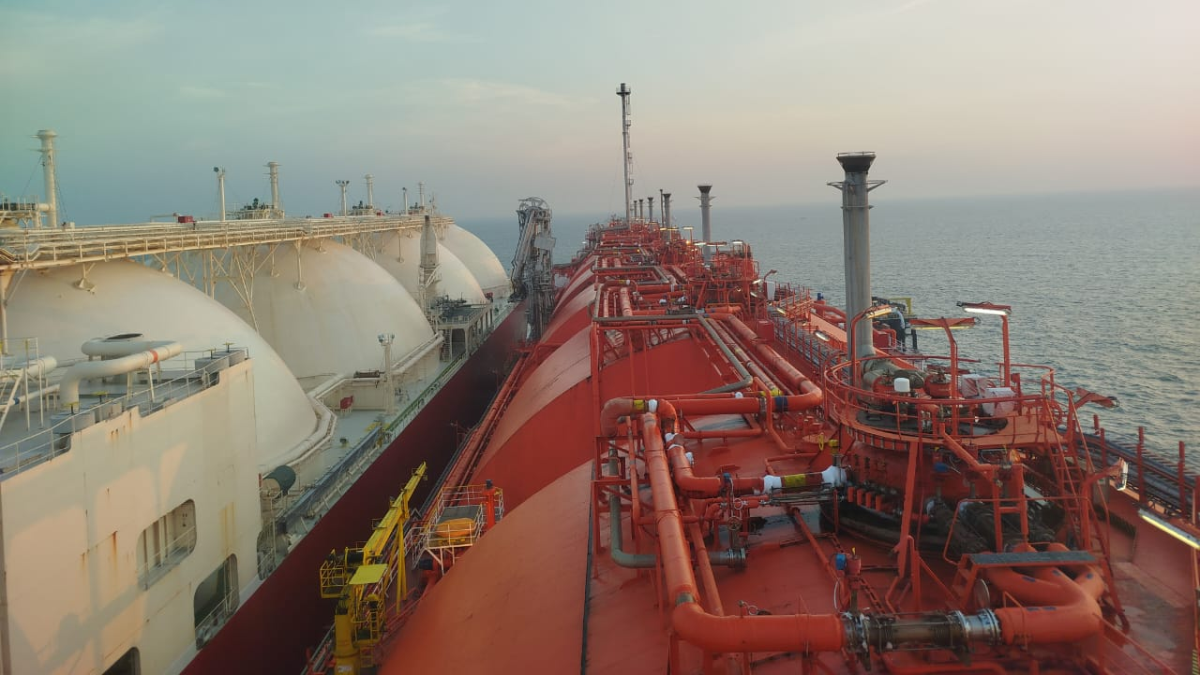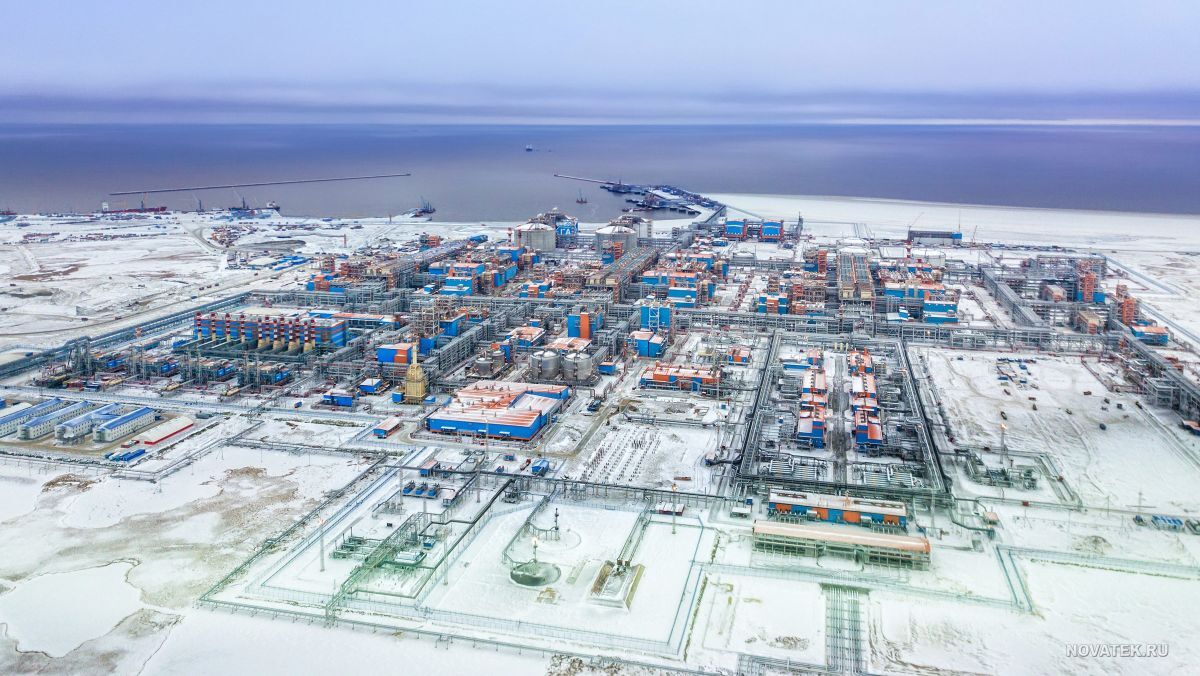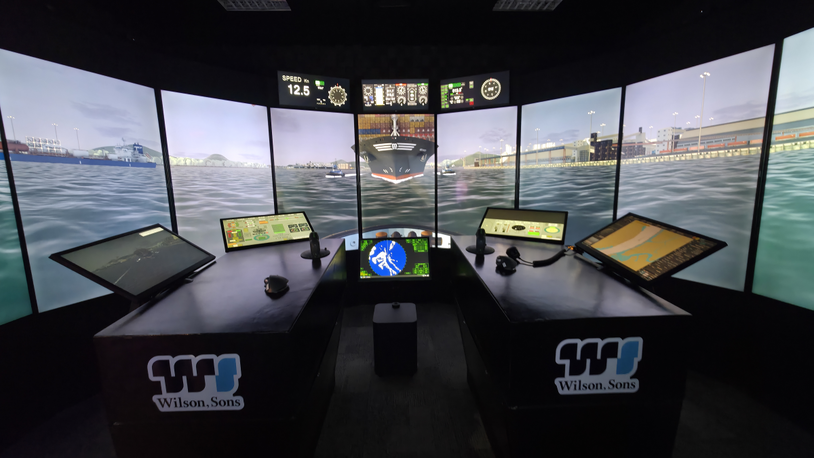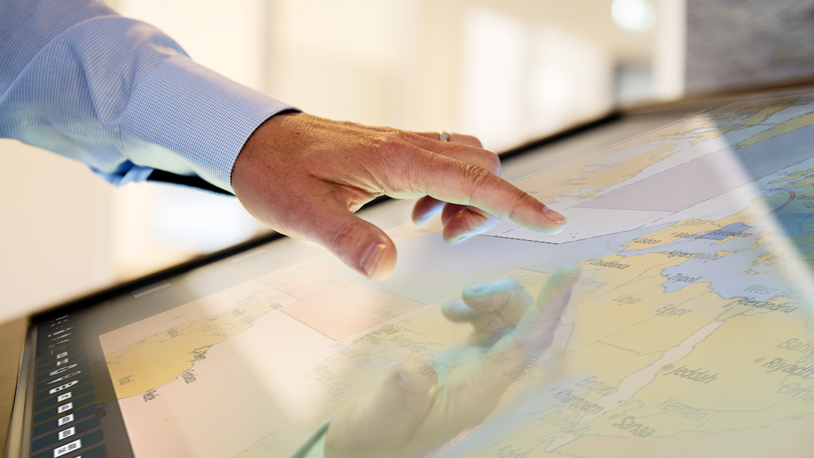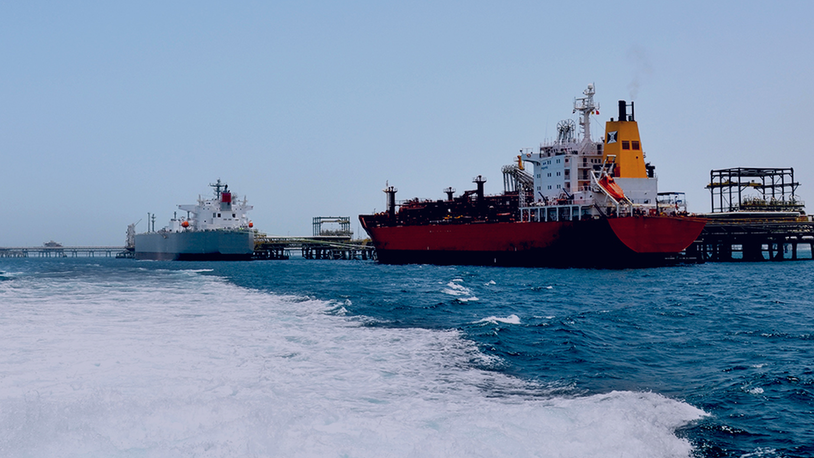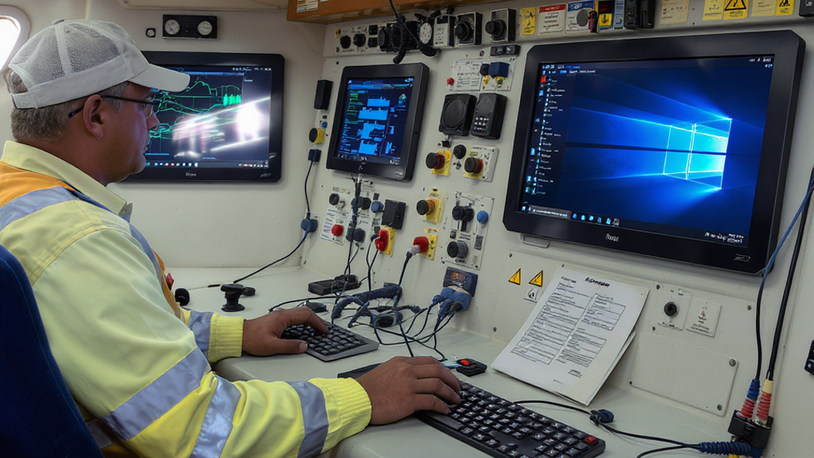Business Sectors
Events
Contents
Sensors can detect cargo tank over-pressure
As an additional safety regulation for crude, product and chemical tankers, IMO is introducing new rules governing the prevention of explosive accidents due to tank over-pressure. The regulations, taking effect in July this year, will ensure tanker operators have pressure valve systems as another safety mechanism. Sensors fitted to cargo tanks which detect over-pressure could be an alternative.
First introduced in 1998, Solas II-2/59.1 and subsequent updates forced shipowners and operators to upgrade their safety systems to secure cargo tanks against the risk of over-pressure. IMO’s new guidance (IACS UI SC 140) has left many facing the prospect of yet more costs to ensure their vessels continue to conform. The regulations apply to all vessels transporting flammable cargoes or that are fitted with an inert gas blanket system as part of a fire prevention system.
“Cargo over-pressure is a serious complication which can occur in port as well as in transit,” said Stephen Ratcliffe of sensor supplier PSM. “The greatest risk occurs during cargo transfer, a process which can take up to 24 hours for larger tankers, as cargo tank levels change, affecting the head space above the liquid.” During loading, compression of the air in the tank can cause pressures to rise unless vented to the atmosphere. At the other end of the scale, falling liquid levels during unloading may create a vacuum unless air is admitted from the external atmosphere to balance the pressure, Mr Ratcliffe explained.
In transit, the fluctuating temperature of the gases and vapours in ullage spaces or liquid cargoes could also lead to over-pressure. If unchecked, over- or under-pressure of cargo tanks can cause significant damage, compromising the integrity of the tank and incurring potentially costly repairs. The accidental release of dangerous liquids or gases in the event of a breach also presents a serious fire and pollution hazard.
IMO’s new regulations mean vessels carrying hazardous cargoes should be fitted with a secondary pressure valve system as an additional safety mechanism in the event of a failure in the primary pressure/vacuum valve. “This has left shipowners and operators facing the prospect of costly upgrade programmes to ensure compliance,” said Mr Ratcliffe. “Major oil companies are also driving the change process by mandating that the vessels they charter conform to the new regulations. Help is at hand for beleaguered operators in the form of the latest tank pressure monitoring systems which offer a cost-effective and practical alternative.
“Designed to satisfy the safety stipulations of the original Solas II regulations, products such as PSM’s ict 1000 pressure transmitters are recognised as an acceptable substitute for a secondary valve system by many marine classification societies. The guidance requires cargo hold pressure sensors to be fitted to each tank and centrally monitored.”
PSM’s ict 1000 pressure transmitter system enables up to 24 individual transmitters to be connected to an LCD display unit located in the ship’s cargo control room. The unit acts as a monitoring station, displaying actual pressures for each tank. “In the event of an under- or over-pressure excursion, visual and audio alarms are triggered, allowing remedial action to be taken,” said Mr Ratcliffe. Connection to the ship’s voyage data recorder is possible via an optional RS485 data interface.
“A key advantage of the modern monitoring systems is their flexibility. PSM’s ict 1000 package lets users assign up to four alarm setpoints to each tank over a range of -500 to +500 mbar,” Mr Ratcliffe explained. “Set to a standard configuration to suit most applications, the system allows easy updating of setpoints, acceptance delays and hysteresis settings. Designed to be scalable, the latest solutions enable fleet owners to specify systems to meet both their current and future requirements.
“Pressure management systems are attracting increasing interest from shipowners, particularly as a retrofit solution,” he continued. “Costing up to 80 per cent less than a secondary pressure relief valve, they are also simpler and faster to install, requiring just one small diameter pressure connection and electrical cable per tank.”
Above and beyond the cost, sensors also offer an additional margin of safety, allowing crews to see in real-time what is happening at any point during loading and unloading. This allows them to carry out further investigation of the pressure vent or inert gas blanket equipment where dangerous levels are detected. Secondary relief systems by comparison do not offer advance warnings, with the crew only alerted when the system triggers.
“Responding to the potential risks to reputation and financial consequences of damage arising, many oil companies have gone one step further and may stipulate that pressure measurement and alarm systems are installed even where a secondary mechanical system is in place,” said Mr Ratcliffe. Such a move can only raise the benchmark for best practice and improve industry standards overall. MEC
Related to this Story
Events
Offshore Support Journal Conference, Americas 2025
LNG Shipping & Terminals Conference 2025
Vessel Optimisation Webinar Week
© 2024 Riviera Maritime Media Ltd.


